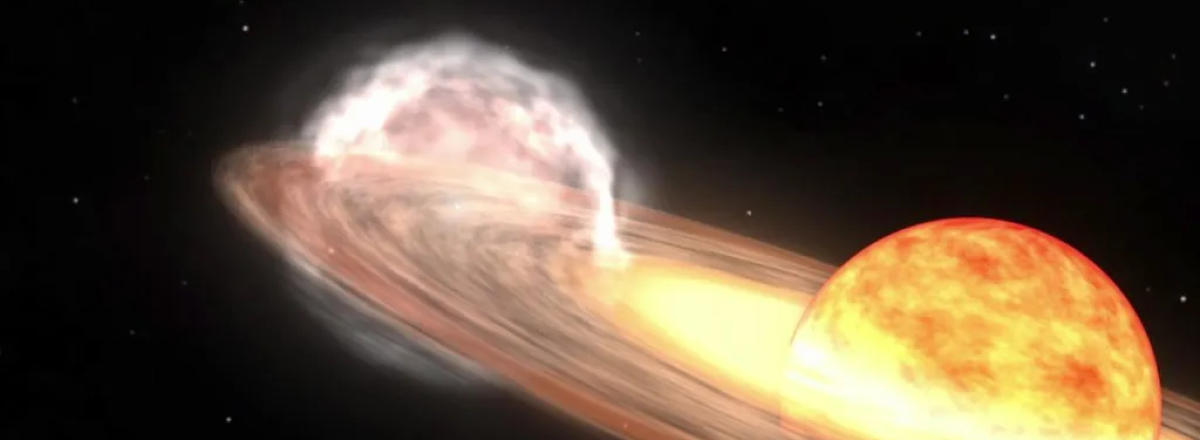Scientists Predict Spectacular Star Explosion Visible to the Naked Eye
NASA plans to use multiple space-based and ground-based telescopes to observe the nova across different wavelengths gain a comprehensive understanding of the event.

Astronomers have announced that the star T Coronae Borealis (T CrB), also known as the "Blaze Star," is on the verge of a massive explosion that will be visible from Earth with the naked eye. This rare event could occur within the next few months, offering a unique opportunity for both professional and amateur stargazers.
T CrB is a binary star system located about 3,000 light-years away in the Northern Crown constellation. It consists of a white dwarf and a red giant. The white dwarf gradually pulls hydrogen from the red giant, leading to a buildup of pressure and heat. This eventually triggers a thermonuclear explosion, known as a nova, which blasts away the accumulated material without destroying the star itself. These explosions recur approximately every 80 years.
In March 2023, a significant dip in the star's brightness was observed, indicating an imminent explosion. The nova could happen any day now.
The first recorded observation of T CrB's explosion was in 1217. Since then, it has erupted only twice more, with the last occurrence in 1946. Despite the rarity of these events within a human lifetime, scientists believe they happen much more frequently.
Once T CrB goes nova, it will shine brightly in the night sky for about a week. The explosion will be visible to the naked eye, making it a spectacular sight.
The explosion will provide valuable data on the dynamics of recurrent novae. NASA plans to use multiple space-based and ground-based telescopes to observe the nova across different wavelengths gain a comprehensive understanding of the event.

